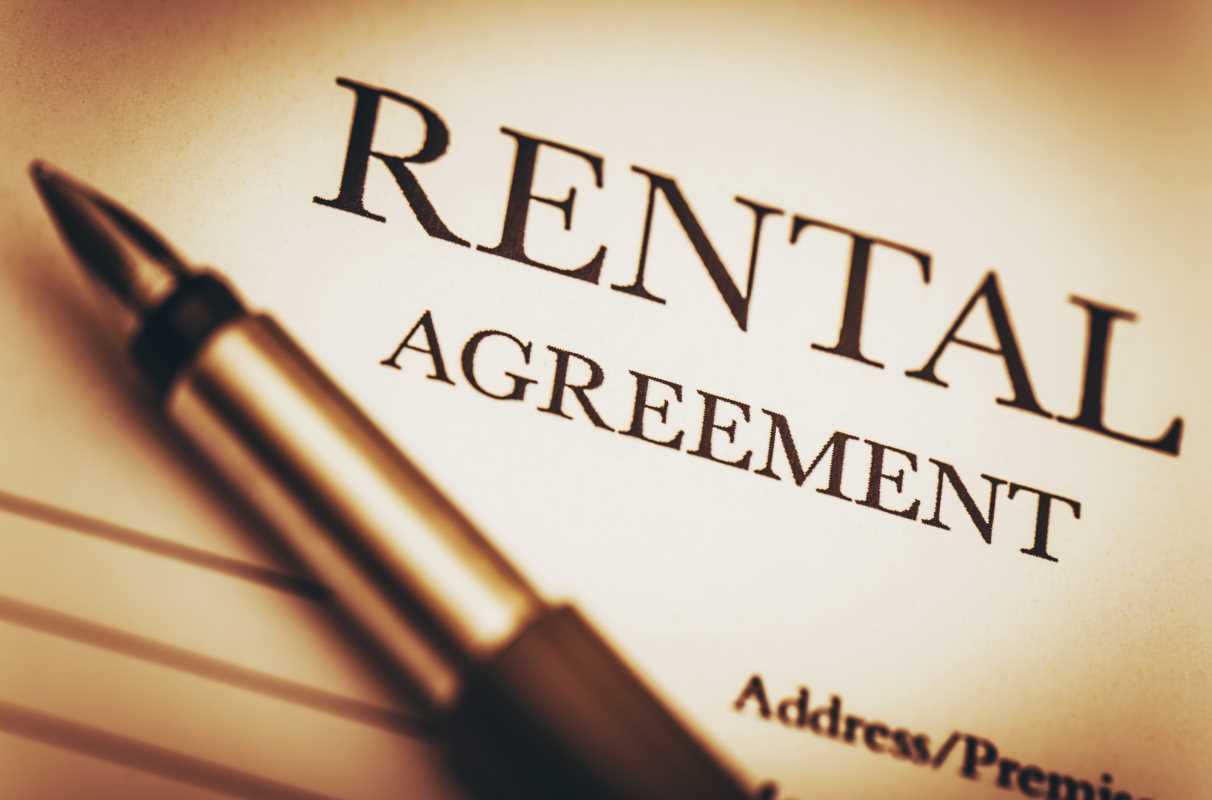Many people who invest in real estate deal with complex responsibilities, and insurance can easily become an afterthought until a problem arises. Bringing together insurance for properties, liability, and personal needs can make life simpler by cutting costs, streamlining paperwork, and reducing renewal hassles. By understanding how to group policies efficiently, you can make it easier to protect your investments while keeping expenses under control. This guide walks you through the essentials of building the right insurance combinations so you can focus your resources on expanding your portfolio instead of worrying about unnecessary premium costs or overlooked coverage details.
We’ll explain essential terms, compare the best package options, go through ways to estimate your cost savings and risk trade-offs, and conclude with a step-by-step plan you can start using today. By the end, you’ll walk away with clear, actionable ideas rather than generic talk you can find anywhere online.
Basics of Insurance Bundling
Think of bundling like ordering a combo meal—you get several items together for a lower price than ordering each separately. In insurance, that might mean combining property coverage, general liability, and auto or umbrella policies under one provider. Here are the key concepts:
- Primary Carrier vs. Secondary Carrier: The main insurer handling most claims versus any specialist or backup insurer.
- Multi-Policy Discount: A price cut you receive when you hold two or more eligible policies with the same company.
- Master Policy: An overarching contract that covers multiple assets or types of coverage within one document.
- Aggregate Limits: The total amount your insurer will pay for all claims in one policy period.
Understanding these terms helps you recognize what each bundle offers and compare options fairly.
Another important aspect is risk distribution. A bundled plan allows insurers to balance high-risk areas, such as liability for short-term rentals, with lower-risk parts like standard homeowners insurance. This balancing act can lead to smarter premium calculations and additional benefits like a single point of contact and simplified billing.
Best Bundle Options for Real Estate Investors
No single policy package suits every investor. Here are four popular combinations, each with advantages and potential drawbacks:
- Property + Liability Bundle: Covers damage to physical assets and injury claims in one policy. Pros: Usually up to 20% off combined premiums, one claims process. Cons: Liability limits may be lower than standalone policies.
- Multiple Properties Master Policy: A single agreement for several residential or commercial sites. Pros: Consistent terms and limits across holdings, easier to renew. Cons: A major loss on one property could exhaust aggregate limits.
- Auto + Umbrella + Property: Combines vehicle insurance and high-limit umbrella coverage. Pros: Layered protection for vehicles and severe liability, strong discount potential. Cons: You might pay for umbrella coverage you don’t need if your risk remains low.
- Short-Term Rental Package: Custom policies for Airbnb or VRBO hosts, including host liability and property damage. Pros: Special coverages like guest medical payments, income loss. Cons: Often more expensive until you find carriers offering niche discounts.
The best choice depends on your property mix, local market risks, and whether you prioritize simplicity or higher coverage limits.
Estimating Savings and Risks
Saving money feels good, but ensure you don’t sacrifice important coverage. Ask your agent or broker to review a “bundle versus standalone” comparison. This will show you the cost difference and any changes in deductibles or coverage limits.
Next, consider worst-case scenarios. For example, if a large fire causes damage to your building, how does that impact your master policy’s total limit? Will your umbrella policy still provide coverage if needed? Planning for these situations helps prevent underinsurance caused by focusing solely on discounts.
Remember that discount rates differ significantly across states and insurers. Don’t assume a 15% multi-policy discount applies everywhere. Shop with multiple carriers to find the best overall savings after accounting for coverage and fees.
Finally, consider how easy it is to manage your policies. Fewer renewal dates and a single customer portal can save you hours each year. While this doesn’t directly reduce premiums, it allows you to concentrate on expanding your holdings instead of managing paperwork.
Getting Started with Your Bundling Plan
Follow these steps to set up your insurance package effectively:
- Make an Inventory of Your Properties: List each property, its address, age, replacement cost, and risk factors such as flood zones, fire risk, or crime rates.
- Gather Existing Policies: Collect declarations pages for homeowners, landlord, auto, and umbrella policies to compare current premiums and coverage limits.
- Request Quotes from Multiple Carriers: Ask for both bundle quotes and standalone quotes for the same coverage to see which offers better value.
- Compare Side by Side: Review total costs, deductibles, aggregate limits, and coverage gaps to make informed decisions.
- Negotiate or Phase in Bundling: If you own many properties, start with your highest-value assets to test the program before adding smaller ones.
- Secure Long-Term Rates: Some insurers provide 3- or 5-year rate guarantees on master policies. If your risk profile remains steady, consider locking in those rates.
Keep a digital folder with policy PDFs, payment schedules, and agent contact information to stay organized.
Summary of Practical Tips
Combining insurance policies can reduce costs by 10–25% when you match coverage options properly. Focus on the plans that suit your property portfolio. Conduct side-by-side reviews instead of assuming every package offers better value. Prepare for aggregate limits and worst-case scenarios to avoid surprises. Consider long-term rate locks or phased bundling to make transitions smoother.
Maintain a strong relationship with a dedicated agent who understands your real estate goals. This partnership can reveal hidden discounts and customized add-ons that off-the-shelf policies lack.
Follow these steps to protect your properties and simplify renewal processes. This approach frees up more funds for your next investment.







